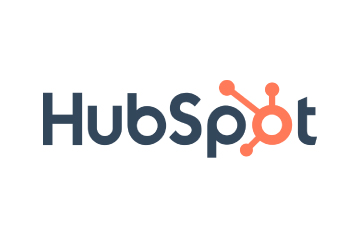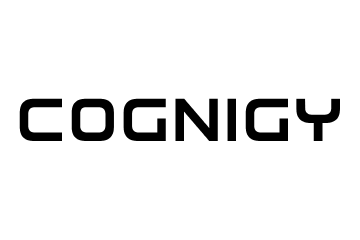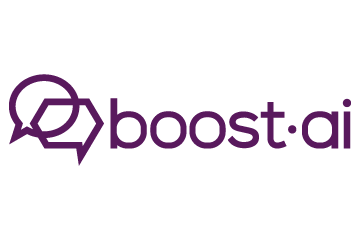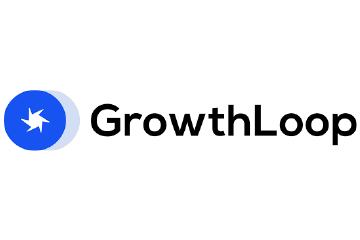How GenAI and Composable Tech are Redefining Experience Design
As generative and agentic AI reshape how we design digital journeys, Wells Stringham, Head of Experience at Apply Digital shares what the new playbook looks like from synthetic personas and faster content creation to KPIs that truly matter.
Topics

AI is considered to be the ‘enhancer’ and the ‘enabler’, but there’s more to it. It’s actively ‘designing’ experiences.
As generative and agentic models become embedded across the creative and technical workflow, the very nature of experience design is shifting from manual iteration to machine-accelerated co-creation. From synthetic personas that fast-track research to AI-curated content that responds to customer signals in real time, the playbook is being rewritten.
This transformation is not just about speed or scale. It’s about building more intuitive, contextual, and human-centered digital journeys—without adding complexity for the user. But success depends on more than tools. It requires a mindset shift: from layering AI on top of traditional systems to making it part of the design DNA.
In this conversation, Wells Stringham, Head of Experience at Apply Digital, explains how forward-thinking teams are reimagining the customer journey through composable architecture, unified data, and creative AI.
“AI represents a deep, foundational shift. It’s going to touch every part of the customer journey, even if we don’t yet fully see how,” he says.
With roots in design and UX and a deep, self-taught understanding of technology, Wells operates at the intersection of strategy, experience, and engineering. He thrives in moments of ambiguity—helping shape early-stage thinking, guide project direction, and see experience-led transformations through to delivery, especially within lean, cross-functional teams.
Talking to Martechvibe, Wells also discusses how to measure the success of an experience-led transformation and gives us a picture of the ideal CX stack.
Excerpts from the interview:
What do you see as the most impactful role AI will play in shaping end-to-end customer journeys?
Beyond the feature add-on stuff we currently see, such as chatbots, for me AI represents a deep, foundational shift. It’s going to touch every part of the customer journey, even if we don’t yet fully see how. But what’s exciting is the move from theoretical personalisation, that true one-to-one experience the industry’s talked about for years, to actually being able to deliver it at scale. And it’s going to do so while increasing efficiency and driving impact faster, which will be very keenly felt in the current recessionary climate.
From a customer’s point of view, it’ll make shopping, browsing and interacting with services feel more intuitive, relevant, and proactive — meaning less hunting for what you want. On the business side, it’ll free up a lot of time and manual effort. Instead of creating dozens of content variants or managing multiple platforms, AI will generate and tailor assets quickly.
We’ve recently done this with Kraft Heinz, creating a custom-built platform called TasteMaker that uses proprietary data to reduce time-to-market for content from days to hours. Not only does this lower production costs, it enables better customer experiences by giving Kraft the ability to test more ideas faster than ever. Providing even more chances to connect with audiences deeply..
How is Apply Digital exploring generative or agentic AI in experience design?
We’re applying AI everywhere it can add value, from code generation to customer research. It’s not just a layer we add at the end. For example, we’re experimenting with synthetic personas to make research faster and more scalable. Rather than spending weeks recruiting niche audiences, we’re looking at ways to simulate that feedback through conversational AI trained on panel data. It’s really exciting stuff.
On the generative side, AI is helping us move faster in creative development. Moodboards, design exploration, content variations; these can now be iterated in hours, not days. It’s freeing up so much more time for consideration and strategic thinking. But we’ve found that the best outcomes are achieved by abiding by a series of principles: we build for humans, prioritise simplicity, choose progress over perfection, are always guided by user feedback, and build trust through transparency.
How do you measure the success of an experience-led transformation? What KPIs matter most?
It always depends on the business and the sector, but generally we’re looking at some form of increased satisfaction or utility. That could be better engagement on an informational site, higher order values on an e-commerce platform, or smoother journeys across a service.
Time on site, for instance, used to be a go-to metric, but it doesn’t always mean what you think it does. If something should take five minutes to read and people are taking 45, that’s not a win. The same goes for content completion. What’s more valuable is understanding whether people are finding what they need and completing their tasks.
Whatever the metrics, I always advise clients to pair them with ongoing qualitative insights. Numbers are only part of the picture. Listening to real users helps explain the ‘why’ behind the data.
If you had to build a dream CX tech stack from scratch today, what would be your must-haves?
There’s no universal solution, but I’d always start with a clear strategy that helps everyone align on what tools will keep you nimble. That’s where a composable, MACH ecosystem [Microservices, API-first, Cloud-native, and Headless] comes in. It makes it easier to evolve your stack, integrate AI, and avoid the lock-in that comes with traditional, monolithic systems.
Then you’ll need CMS and content tools, of course, but beyond that, having a strong analytics setup is crucial. For bigger organisations, a CDP like Segment helps bring everything together. For mid-sized businesses, marketing automation tools such as Braze are a great entry point, especially when they support personalisation across touchpoints.
The biggest challenge I see is fragmented analytics. If different teams are using different tools, it’s hard to get a complete view of the customer journey. Fixing that gives you a real advantage.
What advice would you give to other Experience leaders navigating the intersection of brand, tech, and AI?
The biggest thing is to let go of old assumptions. We’re in a period of real change, and clinging to five- or ten-year-old processes will slow you down. You risk higher costs, longer timelines, and falling behind. You’ll end up pricing yourself out of the market as well as losing out to the competition.
I guess some of what’s happening with AI can feel counterintuitive, especially if you come from a traditional design or brand background. But you’ve got to lean in, stay curious, and be willing to test things out.
It’s early days, and the advice out there is changing fast. Courses, best practices; some of it will be outdated within weeks. But you or someone on your team needs to stay across it. But we’ve seen this before. It’s like the early days of mobile, when everyone suddenly needed an app but didn’t know what it should do. With AI, there are already clear wins in areas like customer service, sales and personalisation. Start there, and build as you go.









































































































